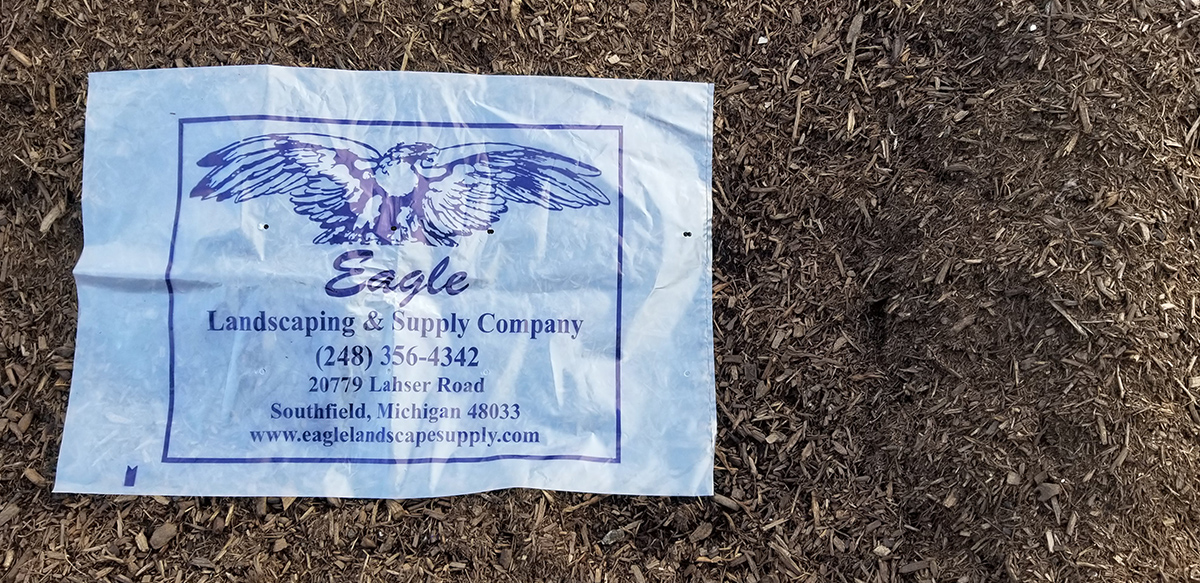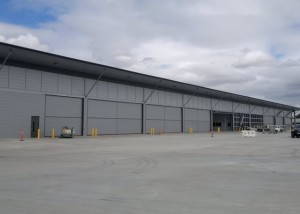

In addition to offering a beckoning perspective for the Agro as de Peel, this report also serves as input for the development of a potential test location. Animals can freely forage in the production landscape and will also leave fertilizer behind. New landscapes of sorghum, wet reeds, willow fields and food forests create a diverse and attractive environment for flora and fauna. In addition to stimulating the economy, the proposed production landscape will also considerably strengthen the ecological values in the area. All of this yields a protein-producing landscape where there is also room for nature, recreation, green industry and living. Especially along the Midden-Peelweg this wet cultivation will form the landscape image. In addition to land-based food crops, the future production landscape will consist of algae fields, duckweed baths, willow forests and reed flow fields. The large built volumes of livestock farms, insect breeding and manure processing also fit well in terms of scale in this young mining landscape. The rational structure of avenues and forests with linear, right-angled canals and roads offers space and structure for the integration of surface-bound crops. The current landscape of the Peel is very suitable for a large-scale circular system of animal and vegetable protein production. This is a gradual transition in which both production methods can function alongside and with each other. By seeing it as a growth model, it moves with the transition from animal protein production to vegetable protein production. It is flexible and robust and therefore focused on changes over time. The design should therefore be read as one of the possible outcomes of this system. This system is never finished or completely closed and can always be enriched and expanded.

The metabolic system that shows an enormous wealth of all kinds of streams forms the basis of the spatial concept of Agro as de Peel. And manure becomes a nutrient for algae and thus color for the paint industry. For example, residual products from supermarkets and bakeries become pig feed and thus meat as food. With a metabolic system, all residual products are reused and upgraded to a valuable product. Anthonis, Mill-St.Hubert, Grave and Gemert-Bakel. The Agro as de Peel project focuses on the Agro as de Peel area with the municipalities of Uden, Landerd, Boekel, St. By adding value to what was previously called waste and by bringing nitrogen and phosphate cycles more into balance. The circular economy shows that an economy that copies natural cycles and systems is smarter and more efficient. The emissions from the agri-food sector throughout North Brabant are 5.5 Mton CO2, 20% of the total amount of agricultural emissions in the Netherlands (Metabolic, 2016).

Agriculture has the highest water consumption per hectare compared to the rest of the Netherlands. In Northeast Brabant alone, the herd has a water footprint of 2.9 billion m3, of which 99% takes place indirectly (outside the region).

The direct and indirect footprint of the food chain is high. There are global challenges with CO2 emissions and the food sector accounts for a significant part, partly by the production methods and partly by transporting products around the world. It is a system of exhaustion and emissions. The current (linear) system of food production is no longer tenable.


 0 kommentar(er)
0 kommentar(er)
